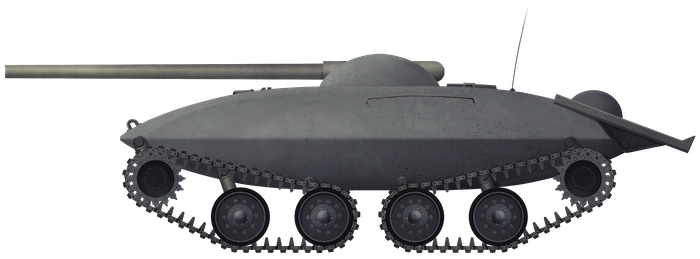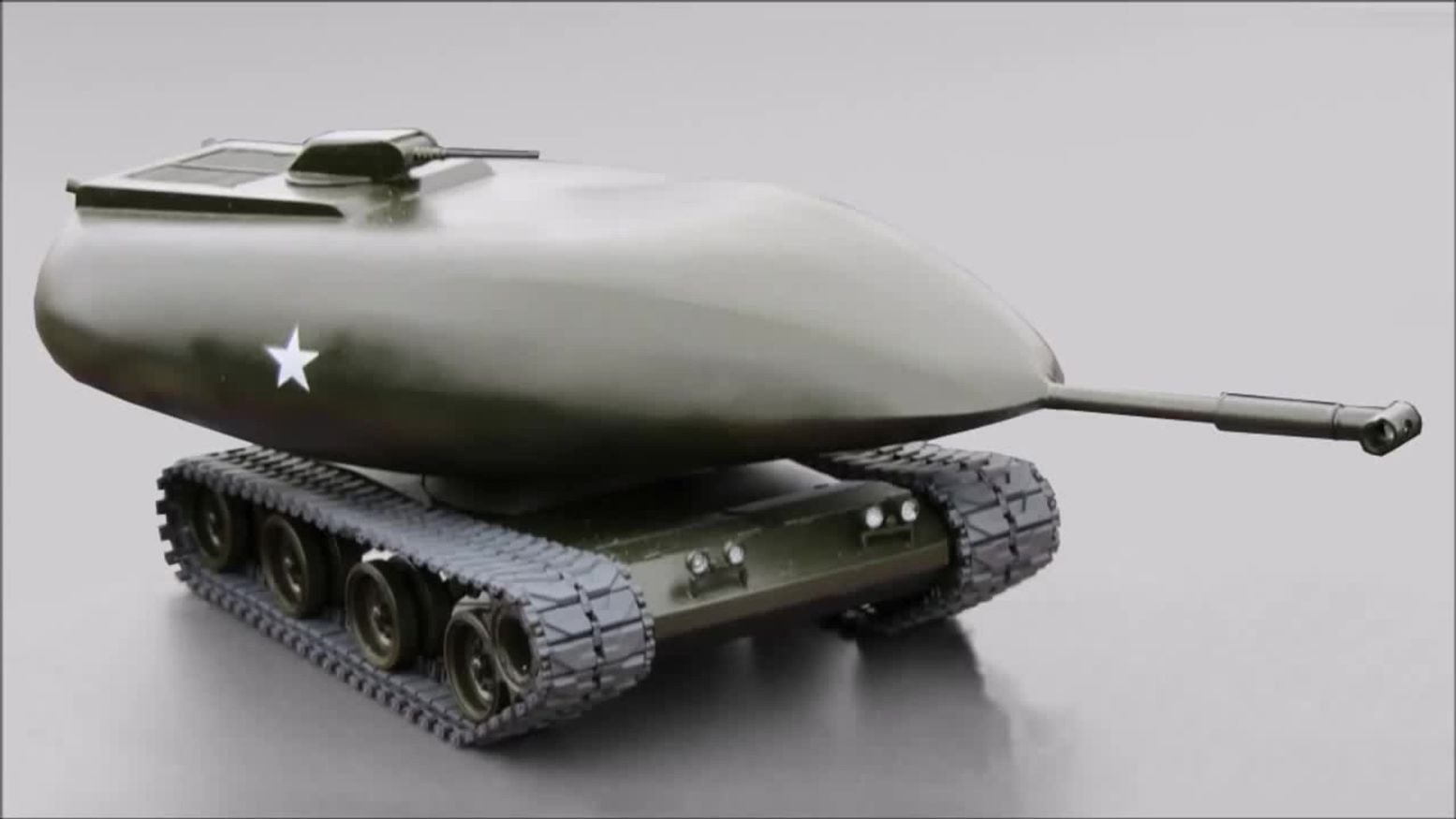I'd guess either an early M4A3 or a late M4A2, hard to tell without seeing the engine deck which is the giveaway for the A2. It has the more angled hull which is a mark of early tanks, but it also has the cast instead of bolted nose, and that turret is a later design. A lot of them were modified in their lives so it could be a real frankenstein of mixed and matched parts
That is a 75mm gun which was okay, but the long 76 was much better. Not as much punch as its German or British contemparies but it was considered the most accurate gun of the era
According to what i read,american 76mm was better then soviet 85mm and as good as german 88/56mm/that for Tiger A.Tiger B 88/71 was much better./



